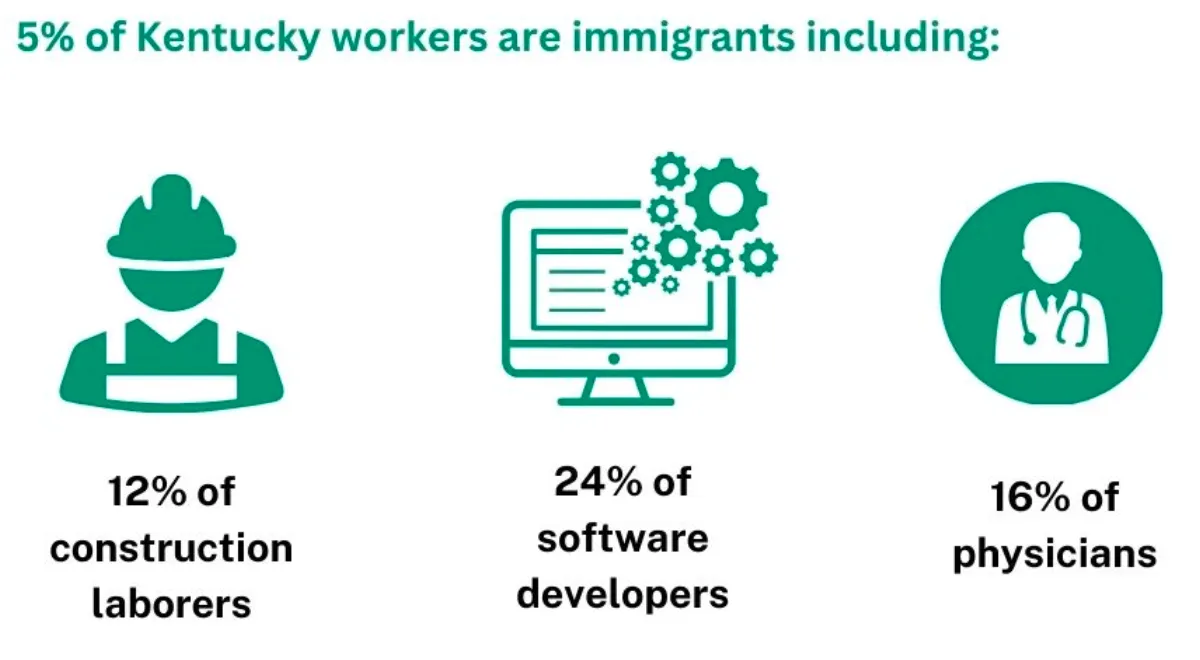Table of Contents
From cradle to grave, we are bombarded by commercial messaging urging us to buy, buy, buy. Bigger is always better, and too much is never enough.
I was born in 1954. The average floor area of a new single-family home in America was 1,140 square feet. The average household size was 3.34 people, which meant 341 sq. ft. per inhabitant.
Sixty years later in 2014, the average floor area of a new single-family home in America was 2,657 sq. ft. The average household size was 2.54 people, which meant 1,046 sq. ft. per inhabitant.
Residential energy consumption has increased from 39.3 million BTUs per person in 1950 to 71.7 million per person in 2010, an 82% increase. Transportation consumption climbed from 55.8 million BTUs per person in 1950 to 89.0 per person in 2010, a 59% rise. Petroleum accounts for 40% of all U.S. energy consumption.
Before I officially retired in 2016, I worked as a substitute teacher. I subbed every grade from preschool through 12th grade. My favorite grades were 6 – 8 (middle school), and Life Skills was my favorite class to teach. Young teens and preteens gain practical knowledge such as how to use a credit card, balance a checkbook, and determine what kind of vehicle to buy based on price, mileage, resale value, and MPG – miles per gallon, the distance in miles that a vehicle can travel per gallon of fuel.
I thought the kids were sold on the benefits of fuel-efficient vehicles, but math and science did not outweigh their obvious cultural bias. When I asked students if they would buy a fuel-efficient vehicle when they were old enough to drive, I typically got responses like, “Not me – I’m gonna buy me a great big truck just like my daddy.”
Indeed, I can’t help but notice a preponderance of new or fairly new 4X4 pickup trucks. With a 4-door “crew cab” and a short bed, they offer about as much seating as a mid-sized sedan, and the short bed is roughly the size of a large trunk. Almost always the short bed is empty; the truck is used merely for transportation. Most 4X4s average 18 – 22 miles per gallon, and they are expensive.
Yes, they’re expensive, and gas mileage isn’t great, but you sit way up high in a big honkin’ truck and look down on most other drivers.
From 1983 – 1985, I was a soldier stationed in (then West) Germany. I didn’t own a car, and I didn’t want to own a car. Public transportation was great. Busses ran every 15 minutes to the train station, and the tube and/or a train would take you anywhere in Europe. Gasoline cost twice as much as it did in the US.
Gasoline still costs twice as much in Germany as it does here. As of this writing, gas sells for $2.02 USD per liter, or $7.63 USD per gallon in Germany. In France, gas is $2.2 USD per liter, or $8.31 USD per gallon.
According to GlobalPetrolPrices.com: “The clear leader in terms of gasoline consumption is the U.S. with over 4 liters [about 1 gallon] of gasoline per person per day. Have in mind that this number includes the entire population: every man, woman and child, old and young. So, with 314 million people living in the U.S. the total amount of gasoline consumed is well over 1 billion liters [264 million gallons] per day. Canada comes in second with 3.62 liters [almost 1 gallon] per person per day.”
Germany consumes .84 liters of gasoline per person per day – about one-fifth as much as the US. France consumes just .44 liters of gasoline per person per day – about one-tenth as much as the US.
EarthTalk is a 501(c)3 non-profit that produces content on green living, sustainability and climate change — and distributes it far and wide through syndication, social media and other channels. Their mission is to improve environmental literacy throughout North America and beyond by “preaching beyond the choir” and spurring action on behalf of protecting the planet and its inhabitants.
Here is an example of a Q&A column that describes Americans’ conspicuous and unsustainable consumption:
Dear EarthTalk: I read that a single child born in the U.S. has a greater effect on the environment than a dozen children born in a developing country? Can you explain why?—Josh C., via e-mail
“It is well known that Americans consume far more natural resources and live much less sustainably than people from any other large country of the world. ‘A child born in the United States will create thirteen times as much ecological damage over the course of his or her lifetime than a child born in Brazil,’ reports the Sierra Club’s Dave Tilford, adding that the average American will drain as many resources as 35 natives of India and consume 53 times more goods and services than someone from China.
“Tilford cites a litany of sobering statistics showing just how profligate Americans have been in using and abusing natural resources. For example, between 1900 and 1989 the U.S. population tripled while its use of raw materials grew by a factor of 17. ‘With less than 5% of world population, the U.S. uses one-third of the world’s paper, a quarter of the world’s oil, 23% of the coal, 27% of the aluminum, and 19% of the copper,’ he reports. ‘Our per capita use of energy, metals, minerals, forest products, fish, grains, meat, and even freshwater dwarfs that of people living in the developing world.’”
Conspicuous consumption isn’t necessarily about politics. I know liberal progressive Democrats who rave about owning a Prius, and yet these same liberals own a very large house, or sometimes two – oversized houses they don’t really need.
Here in Grayson County incomes are generally smaller, and a new or fairly new double-wide trailer is considered decent, respectable housing. In larger urban areas, folks with substantial incomes move to new or newer subdivisions where schools are better, the crime rate is lower – and houses average 2,500 square feet.
We’re consuming natural resources faster than they can replenish. Forests need decades to regrow after logging. Fish populations need decades, even centuries, to rebound after overfishing. A prime example is the depletion of the northwest Atlantic cod. By 1993, spawning biomass of “northern” cod, previously the largest cod fishery in the world, had decreased by 99%, forcing a moratorium on cod fishing. About 40,000 fishermen and fishing industry workers lost their jobs.
We’re depleting the Earth’s natural resources at an alarming rate. Non-renewable resources such as oil, coal, natural gas, metals, ores, and sand are formed over millions of years and will not replenish for millions of years – if ever.
Of course, there are the obvious ways to reduce our energy consumption: turn off lights when not in use, take shorter showers, wash clothes in cold water, seal windows and doors, etc.
Mostly, though, we need to change our basic way of thinking.
Specifically, we need to stop seeing housing and transportation (and boats, etc.) as status symbols. These things – and they are but things – might boost our social status temporarily, but ultimately we are harming future generations.
--30--








